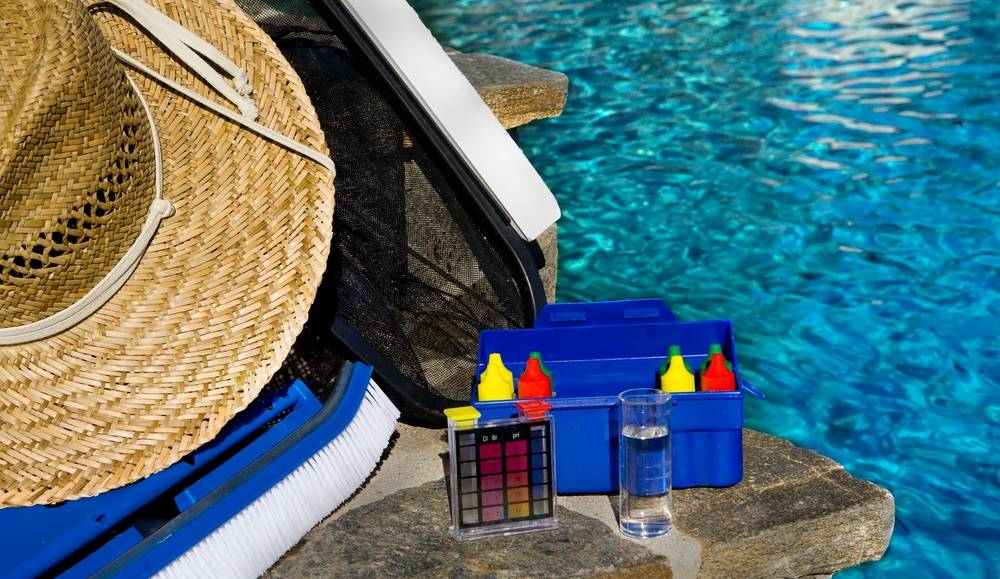I purchased new liquid chlorine and pored 1/2 a gallon into the skimmer after the test.
Pour liquid chlorine in slowly infront of a running return - not the skimmer. Brush the area.
There’s really no chems that go in the skimmer except if you’re adding DE to
your sand.
It looks like you have no cya If the dot stayed completely visible & the tube never got cloudy.
Without cya any chlorine you add will be consumed very quickly by the sun.
If you wish to proceed as is then
You need to add 30ppm worth of cya to a sock

, tie a knot in it & hang it infront of a return from a pole or something. Squeeze the sock to dissolve the cya.
If you are going to exchange water (
highly recommend) then you will wait & do the cya upon completing that.
For the fas dpd test be sure you’re using the right reagent at the right time.
10ml sample
Heaping scoop of powder- if it stays clear you have no fc
If it turns pink
Add
R0871 drops until clear for fc measurement (each drop counts as 0.5 ppm)
Add Approximately 1 drop per second- if you let the sample sit it will become more pink again.
After clear Then proceed with the cc portion - by adding 5drops of
R0003
If it turns pink Then
R0871 drops until clear. (Each drop counts as 0.5 ppm)
If it says clear you have no cc.
About the ch -
I suspect you have some calcium precipitation due to the high ch & recent use of cal hypo-
With ch that high you really need to exchange most of your water. It is very hard to filter out calcium precipitation.
Approximately a 70% exchange is needed

This will also rid you of the bulk of the copper you have added which is contributing to stains.
You can do this with the
no drain water exchange to avoid endangering your plaster
Step 3.5


www.google.com
Afterwards with proper management of
CSI you should be able to treat current calcium scale & prevent new from occurring.
Since you have added approximately 5ppm worth of liquid chlorine- try the fas/dpd test again & see how you fare.
Let us know what you decide to do regarding exchanging water.

www.troublefreepool.com









